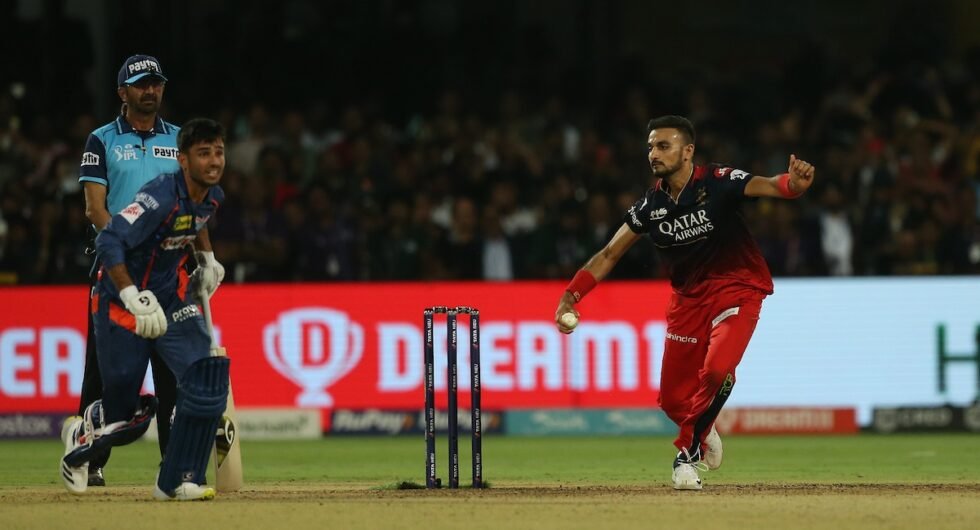Penalty runs over pre-delivery run outs are an inadequate solution to a problem that doesn’t exist

 by Abhishek Mukherjee
by Abhishek Mukherjee
@ovshake42 4 minute read
Many in the cricket fraternity have suggested replacing allowing the bowler to run out a non-striker who is backing up too far with a penalty run system. But it’s not a foolproof solution.
Thomas Barker was the first to do it in first-class cricket, while Vinoo Mankad lent his name to the mode of dismissal, but seldom have non-striker run outs been discussed and dissected as much as has happened since Deepti Sharma ran out Charlie Dean at Lord’s in 2022.
Following that incident, there have been several similarly high-profile instances, including one by Adam Zampa that prompted the MCC to first issue a clarification, then update their Laws. They also made attempts to destigmatise the mode of dismissal.
Despite the MCC’s persistent efforts, however, eyebrows are still raised in some corners whenever a bowler tries to run out a non-striker in such manner.
Last night (April 10), Ravi Bishnoi of the Lucknow Super Giants left the crease prematurely as Harshal Patel ran in to bowl the final ball of the match – with one run needed for victory. Seeing he was out of his crease, the Royal Challengers Bangalore bowler tried to run him out – and missed the stumps.
He then threw the ball to hit the wicket on the second attempt. Bishnoi’s dive fell short, but the umpires ruled dead ball – until this afternoon (April 11) it was not clear why.
Soon afterwards, Ben Stokes put forth a suggestion to Harsha Bhogle on Twitter: “Umpires discretion.. 6 penalty runs if obviously trying to gain unfair advantage by leaving crease early?”
From unfair running between the wickets to the ball hitting a fielder’s gear, penalty runs (typically five) have often been the ICC’s go-to method of disciplining sides for breaching the laws on the field.
Stokes’ suggestion does not seem unreasonable per se – barring the fact that six runs are probably few when pitted against the penalty of losing a wicket. Last night, for example, Royal Challengers Bangalore would’ve won the game if the umpires had ruled the run out was valid – Lucknow were nine wickets down at the time – whereas they were able to get the final run they needed when Harshal re-bowled the ball.
However, there is another problem.
Unlike limited-overs cricket, its first-class counterpart offers a third possible outcome – a draw. Some draws feature the final pair in the fourth (or third) innings defying the opposition to save a match. The contest is reduced to balls (or time) left versus wickets at that point, reducing runs to irrelevance.
Some of these instances involve a partnership between a specialist batter and the No.11. In these cases, the batter tries to retain as much strike as possible, trying to run singles off the last (or last two) in an over.
Consider the last ball of an over towards the dying stages of one of these matches, with the specialist batter on strike. Both batters will now be desperate for the single – a scenario that increases the likelihood of the non-striker leaving the crease prematurely.
Stokes’ suggestion would penalise the batting side by six runs (to be technically correct, it would add the runs the opposition’s tally). But since runs are of no value at this point, the batting side will be unaffected by the penalty, and the non-striker can leave the crease with little fear of consequence.
Of course, cricket can allow the bowler to run out the non-striker in first-class cricket and have a runs penalty in limited-overs formats, but what would be the point of that?

